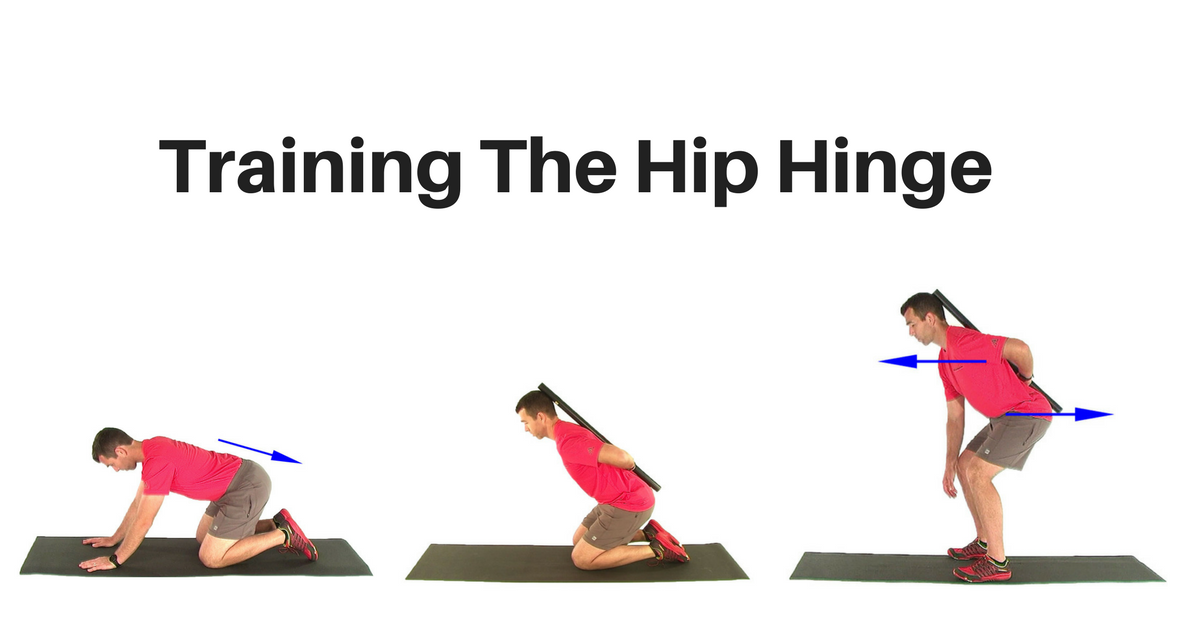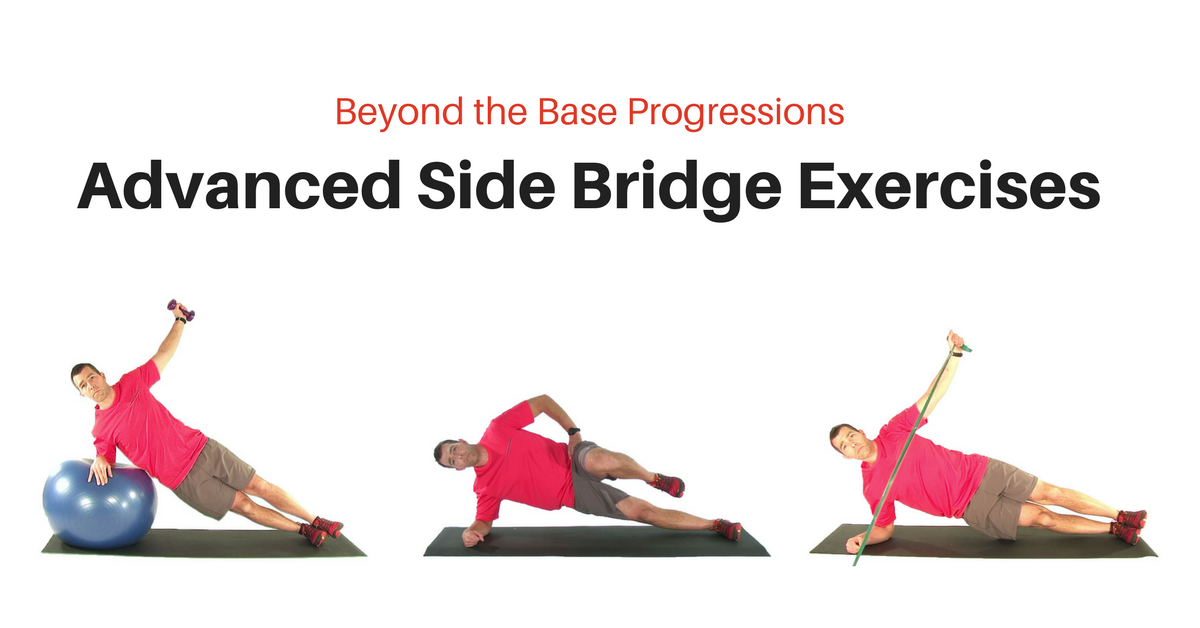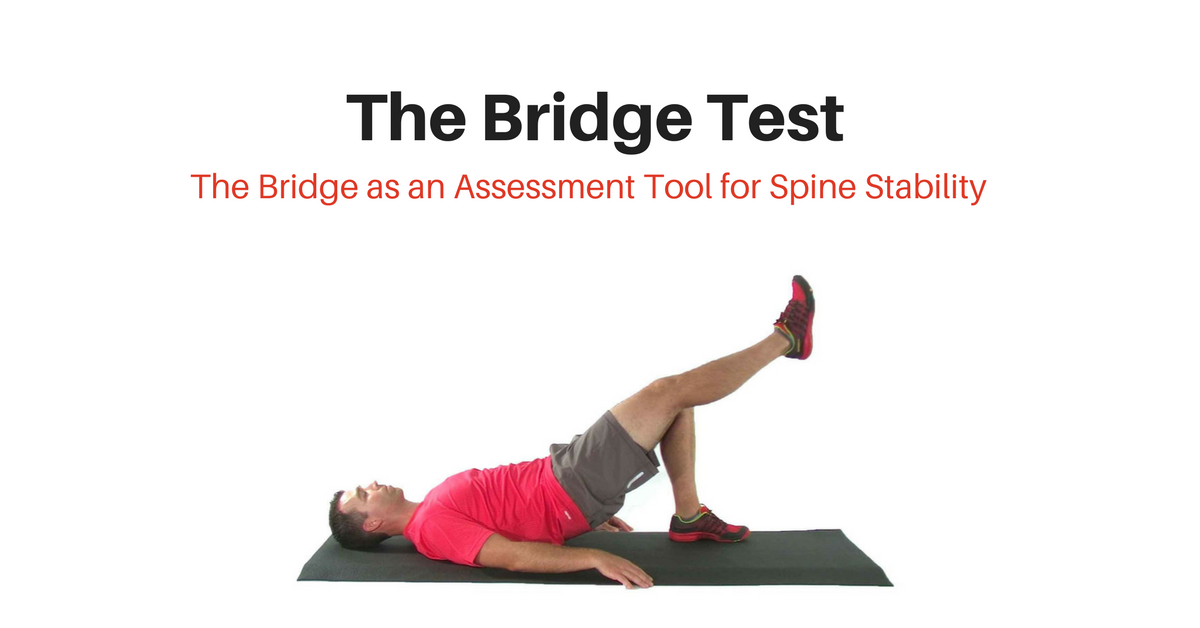
by Dr. Jason Gray | Apr 18, 2017 | Exercise Progressions, Lower Back, Trunk Exercises
Training trunk stability and control is a critical goal with low back pain treatment. Traditional exercises like curl-ups, bird-dogs, and side bridges are a great starting point. But developing strength and control of trunk rotation is also an important (but often...

by Dr. Jason Gray | Feb 16, 2017 | Exercise Progressions, Lower Back, Our Blog, Trunk Exercises
The classic Bird Dog exercises are invaluable in the early stages of back pain rehabilitation. But there’s a problem. Many of these classic exercises are not challenging enough to be useful in the later stages of treatment. The basics are simply too basic. One...

by Dr. Jason Gray | Feb 4, 2017 | Corrective Exercise Tract, Exercise Progressions, Lower Back, Trunk Exercises
Excessive lumbar flexion is widely recognized as a common mechanism of lower back injury. As such, minimizing spine flexion in an attempt to reduce tissue stress is a primary objective in the treatment of many back pain patients. And this needs to be done as early as...

by Dr. Jason Gray | Jan 26, 2017 | Exercise Progressions, Lower Back, Trunk Exercises
The Side Bridge is a fundamental exercise for trunk protection and stability. In a previous article I discussed the basic Side Bridge exercise progressions. This progression contained a series of base exercises that are most appropriate in the earlier stages of spine...

by Dr. Jason Gray | Jan 11, 2017 | Functional Assessment, Lower Back, Our Blog
The Bridge is a great exercise for the glutes, as well as the spinal stabilizers. But it can also serve as a simple (but very effective) assessment tool for lumbo-pelvic-hip (LPH) stability. In this article I’ll discuss how to use the Bridge as a test for LPH...

by Dr. Jason Gray | Dec 21, 2016 | Lower Back, Trunk Exercises
Follow My Rehab Connection on Instagram @MyRehabConnect Acute low back pain is a common presentation in health care clinics. Fortunately, the majority of cases respond well to conservative care. But appropriate early intervention is important to increase the chances...







